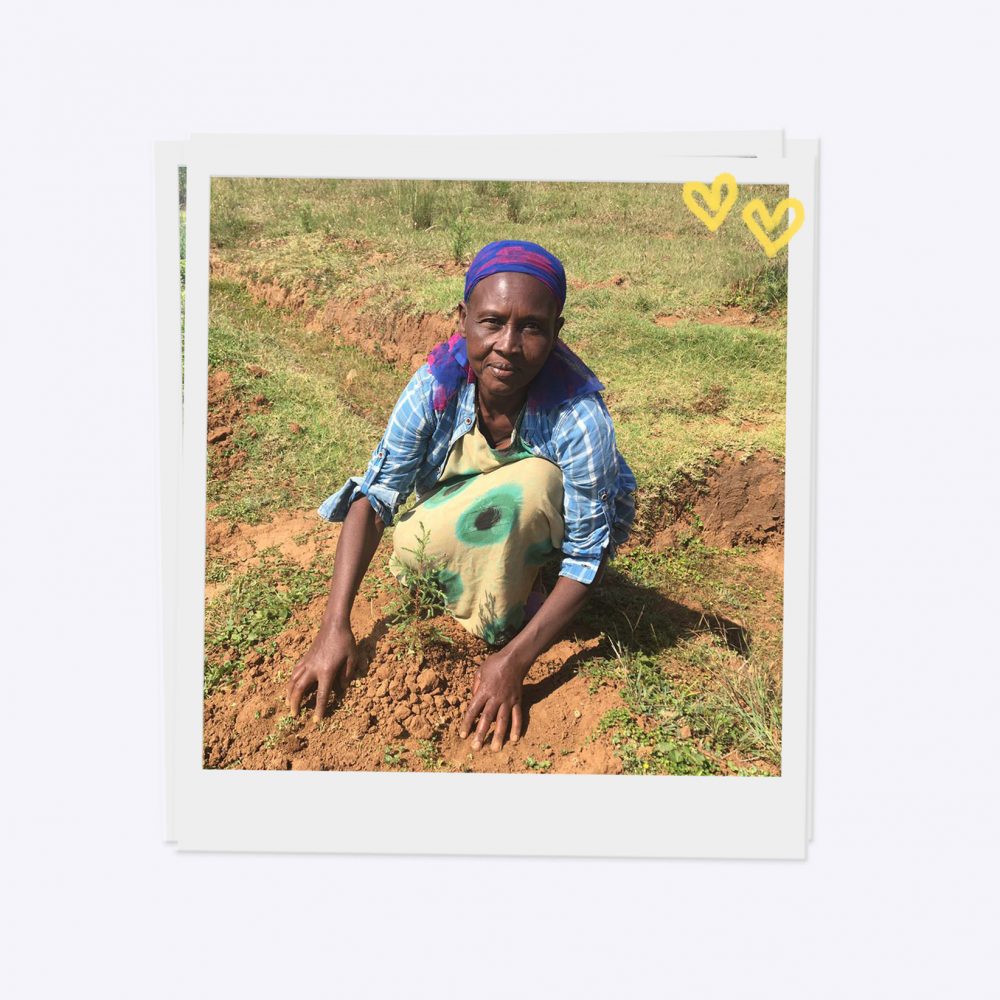The rain came late this year – but when it rained, it poured. Not only could our saplings therefore be planted in August as planned, the survival rate of the planted seedlings is also particularly high this year!
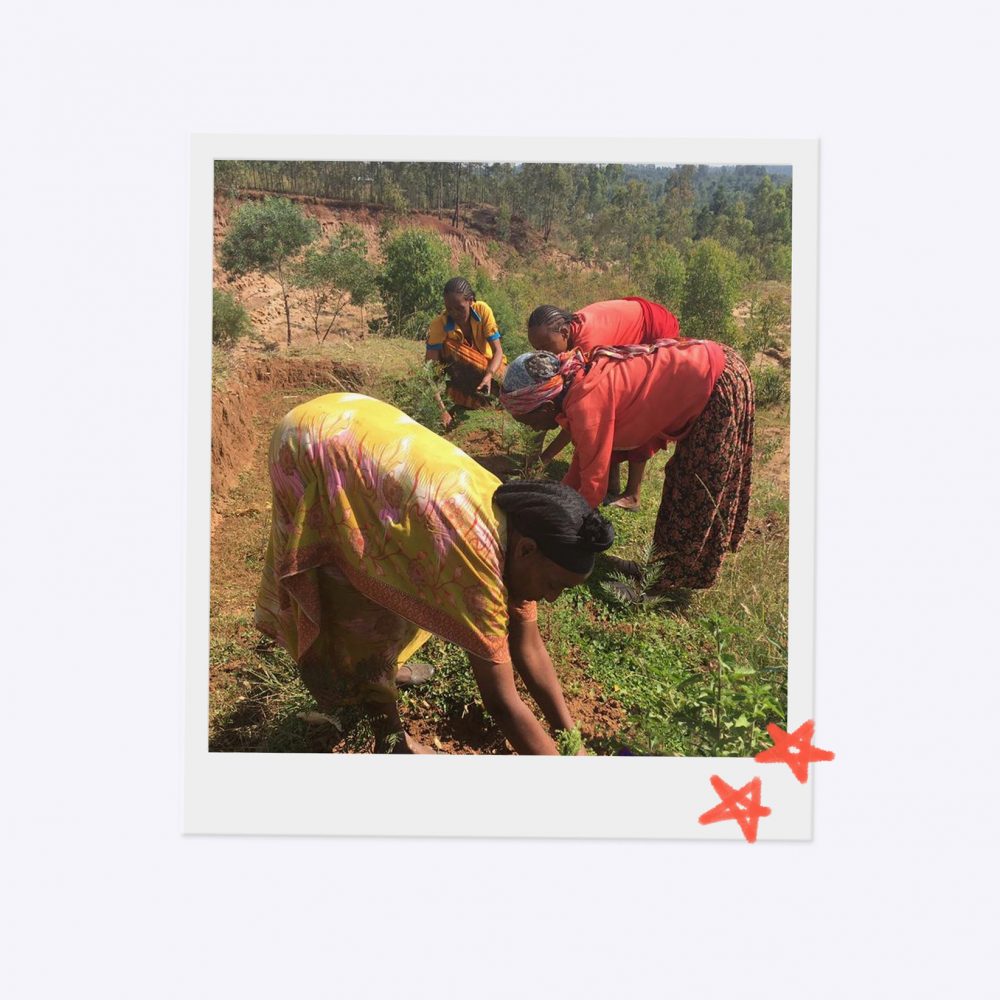
Now the young forests have to be guarded well in order to protect them from the intrusion of farm animals with an appetite for tree saplings. In addition, the seedlings need to be cared for and their habitat kept tidy; in particular, the grass around them needs to be cut, which can then be used as fodder or for building roofs.
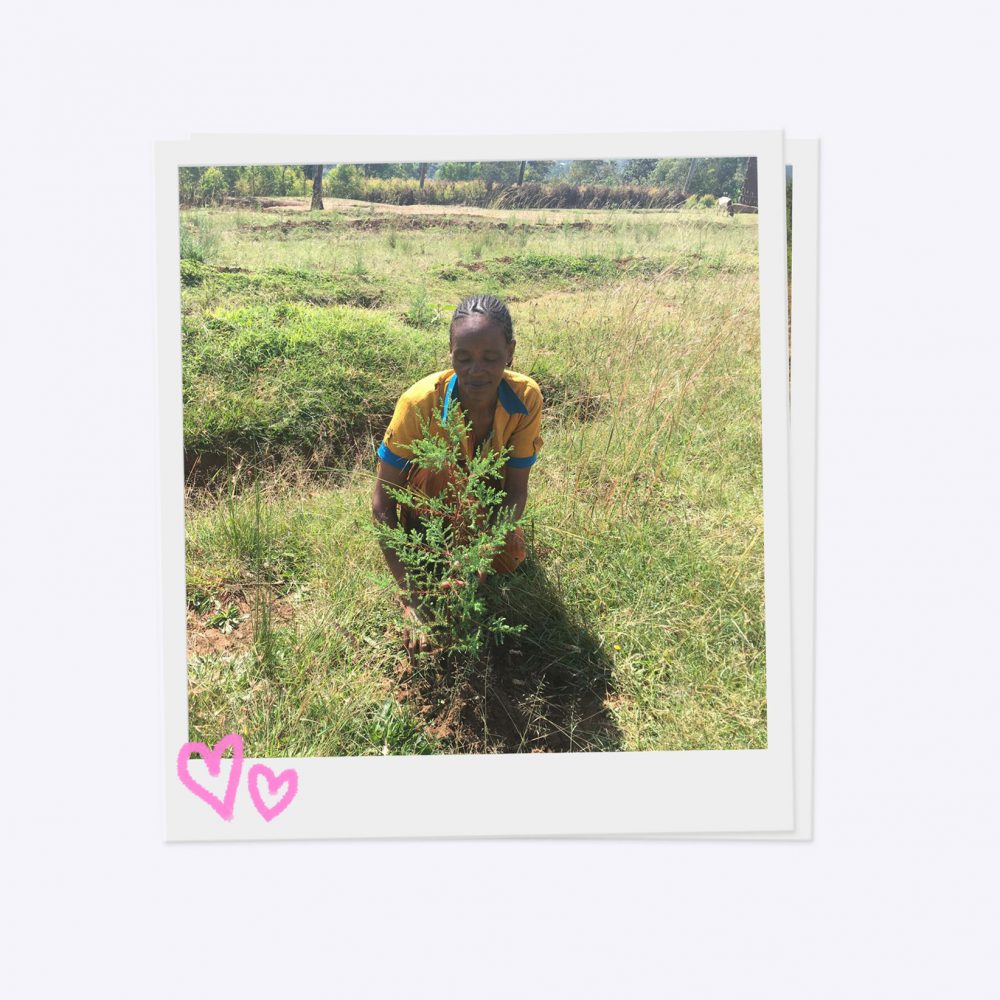
At the moment, only the fruit tree seedlings remain in the nursery, where they’re being cared for. Meanwhile, new seeds are being prepared for 2022, because depending on the tree species, they need to be washed, or swell up. So that the new generation of trees can be grown from this month onwards, other preparatory work such as creating beds, mixing humus or filling plant pots will soon begin as well.
In addition to the activities in the tree nursery, there will be a special focus on planting trees in house gardens in the months to come: the aim is that those gardens produce sufficient biomass and are thus able to support the resident families (in addition to fruits and the like, this also includes fodder, firewood and timber).
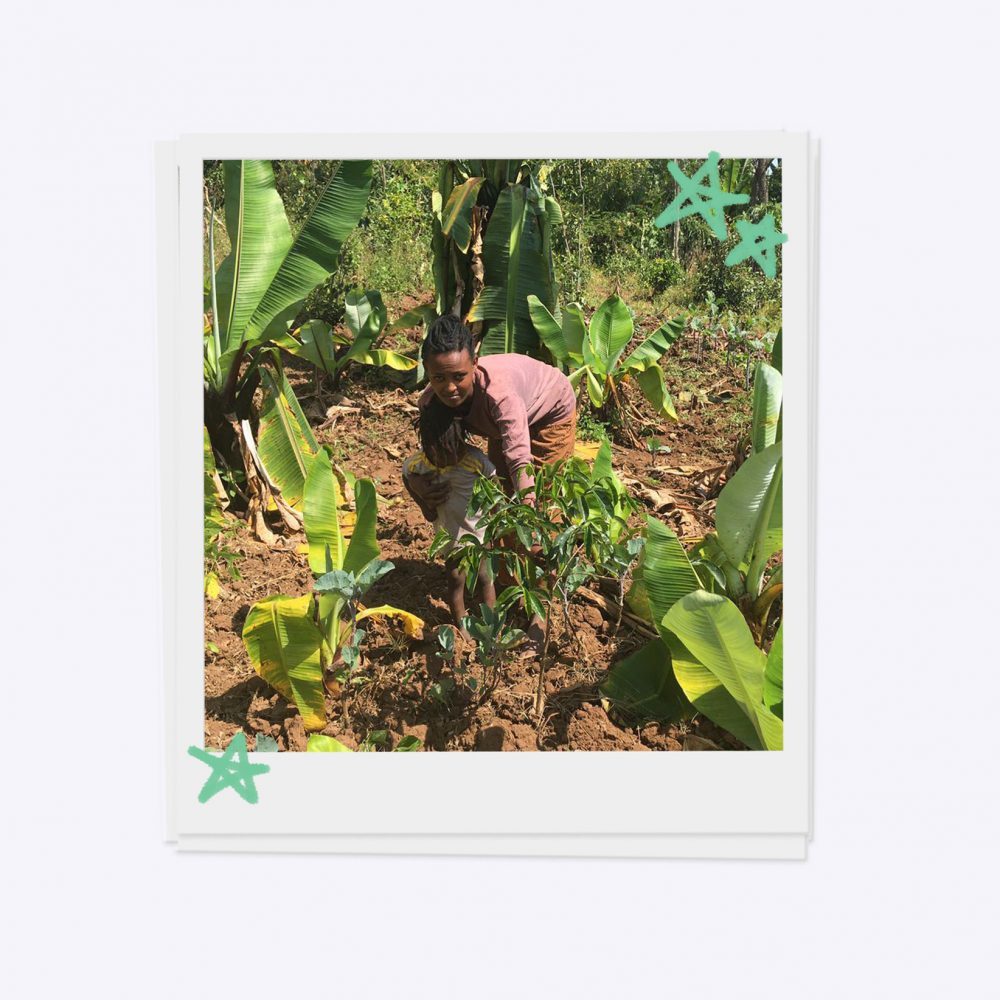
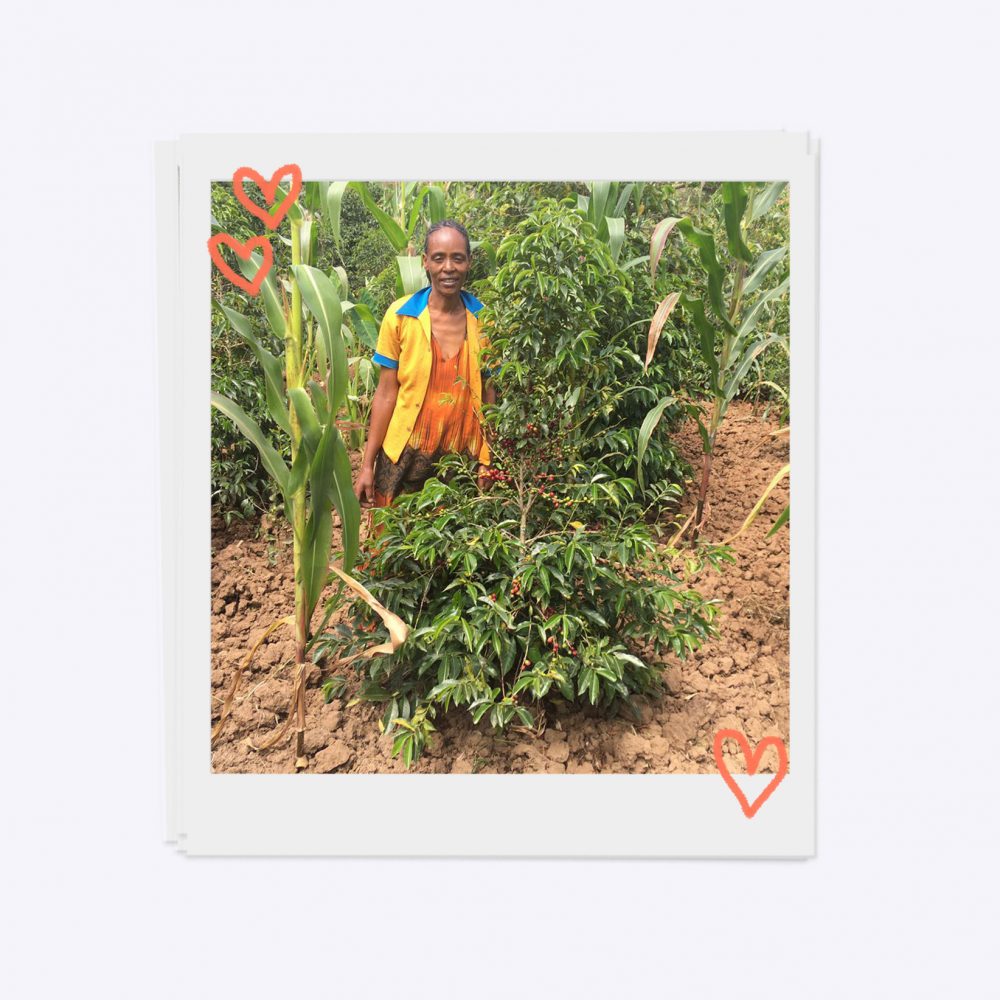
Our Shebedino project was launched in 2018 with the help of a local women’s group, under the leadership of the Integrated Women Development Organization, with which our partner NGO Green Ethiopia has already implemented many reforestation projects since 2009.
